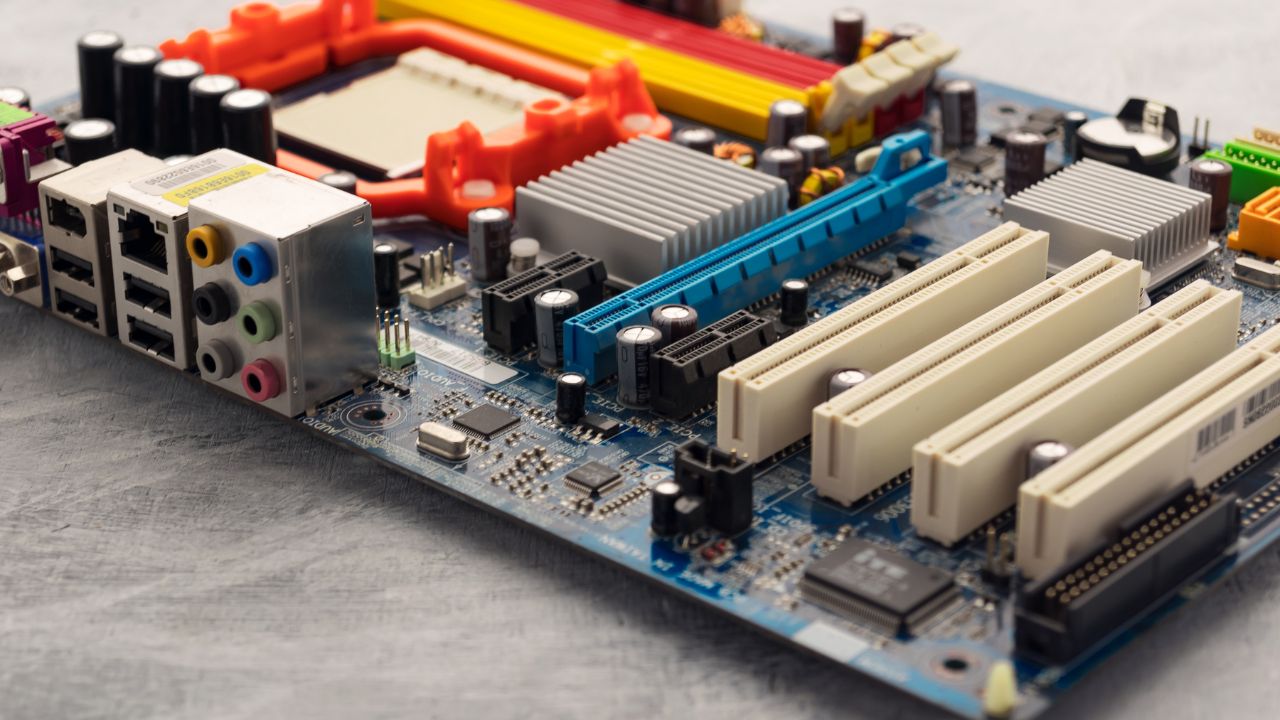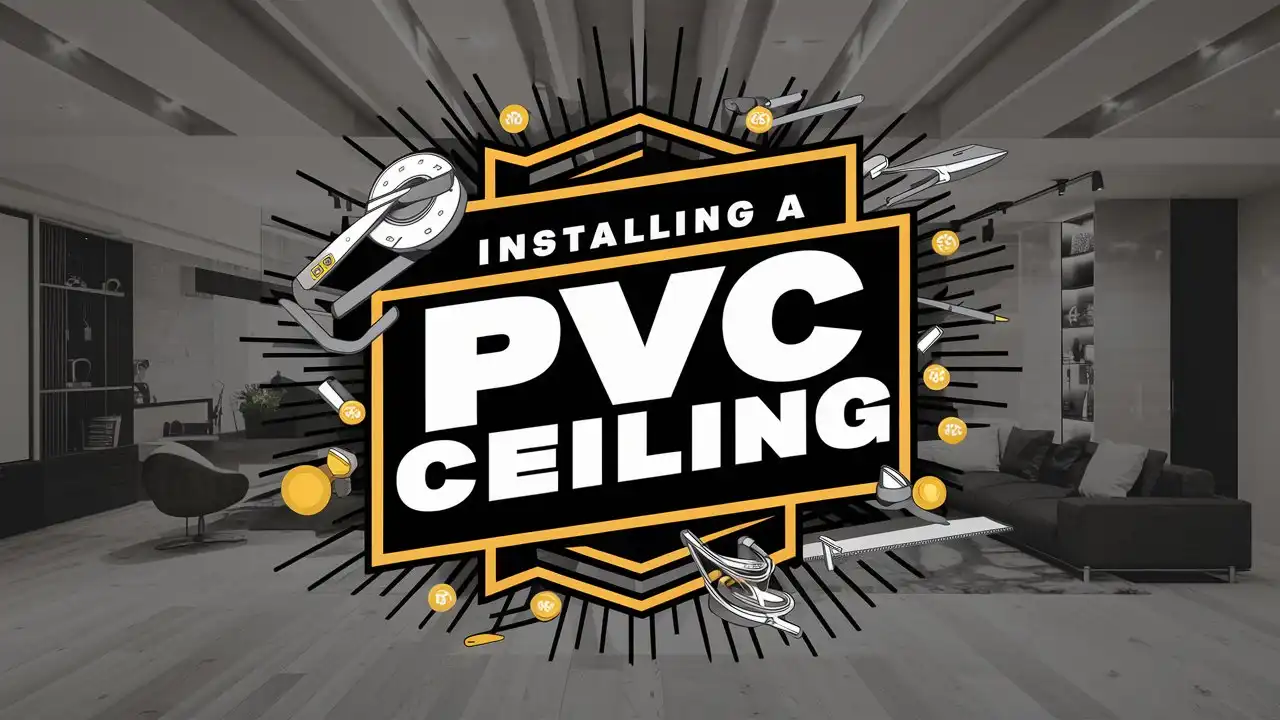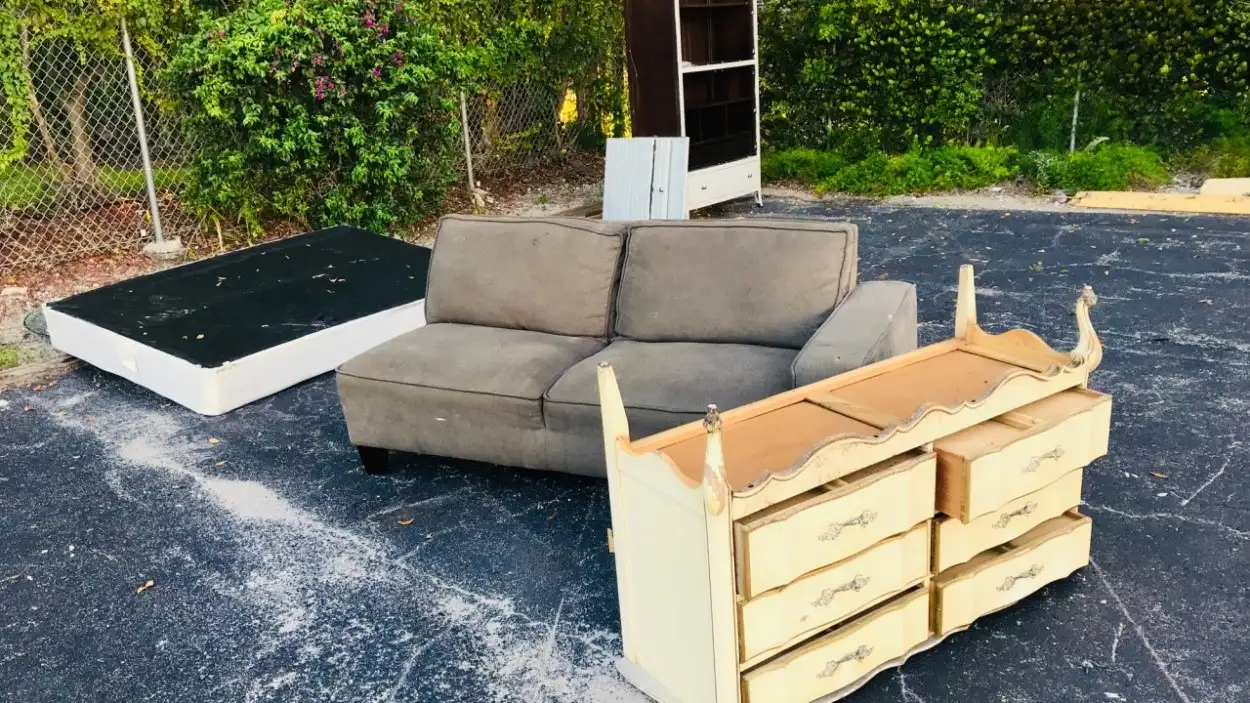When it comes to managing a House in Multiple Occupation (HMO), one area you simply can’t overlook is fire safety. And at the heart of that responsibility lies one essential feature: fire doors. You’ve probably heard the term tossed around in landlord forums or legal checklists, but understanding the real role of HMO fire doors—and why they matter—is key to staying compliant and protecting lives.
What Are HMO Fire Doors?
HMO fire doors are specialized doors designed to resist fire and smoke for a specified period, typically 30 to 60 minutes. Installed in HMOs, they play a crucial role in containing a fire to one area, giving occupants more time to escape and firefighters more time to arrive.
They’re not just thicker or heavier than regular doors—they are tested, certified, and built to strict standards that meet UK fire safety regulations.
Why Fire Doors Matter in HMOs
You might be tempted to think, “A door’s a door, right?” Not when lives are at stake.
Here’s why HMO fire doors are absolutely critical:
- Life Safety: In an HMO, where unrelated people share kitchens, hallways, and exits, a fire can spread fast. Fire doors slow it down.
- Legal Compliance: The Housing Act 2004 and the Regulatory Reform (Fire Safety) Order 2005 both require fire risk assessments—and often, certified fire doors—in shared accommodations.
- Insurance Validity: If you skip on fire safety, including fire doors, your insurance could be void in the event of a fire.
- Avoiding Fines: Local authorities perform spot checks, and non-compliance can lead to heavy penalties or even criminal prosecution.
To learn more about what’s required, check out the official guidance on HMO fire doors.
Features of a Proper HMO Fire Door
Not every heavy wooden door counts as a fire door. Here’s what to look for in a compliant HMO fire door:
1. Fire Resistance Rating
- FD30 (30 minutes resistance) is the standard for most HMOs.
- Some higher-risk properties may require FD60.
2. Self-Closing Mechanism
- Fire doors must close automatically after opening.
- They should latch securely without needing to be pulled or pushed shut.
3. Intumescent Strips
- These expand when exposed to heat, sealing gaps around the door frame to stop smoke and flames from spreading.
4. Smoke Seals
- Often installed alongside intumescent strips, they help prevent smoke inhalation—a major cause of fire-related deaths.
5. Certified Ironmongery
- Hinges, locks, handles, and closers must also be fire-rated to meet standards.
6. Clear Signage
- Doors should be clearly marked with signs like “Fire Door Keep Shut.”
Where Should Fire Doors Be Installed in an HMO?
Installing them randomly won’t cut it. Fire doors need to be placed in strategic, high-risk areas such as:
- All bedroom doors
- Kitchen entrances
- Hallways and staircases
- Loft conversions
- Any room that leads to an escape route
Again, for more guidance, this HMO fire doors page breaks it down well.
Benefits of Installing Certified HMO Fire Doors
Besides staying on the right side of the law, installing proper fire doors comes with serious benefits:
- ✅ Peace of Mind: Know your tenants are protected.
- ✅ Property Value Boost: Fire safety upgrades can make your property more attractive to buyers or renters.
- ✅ Insurance Confidence: Meet the safety requirements insurers often demand.
- ✅ Long-Term Cost Savings: Avoid legal fees, fines, or expensive retrofits later.
Common Mistakes Landlords Make
Let’s face it—landlords wear many hats. But overlooking fire door regulations can cost more than just money. Here are some pitfalls to avoid:
❌ Using Non-Certified Doors
That solid oak door may look sturdy, but if it hasn’t been tested and certified, it won’t stand up in a real fire.
❌ Removing or Damaging Closers
Tenants sometimes prop fire doors open or remove closers. It’s your job to spot and fix these issues.
❌ Failing to Maintain
Even the best door won’t work if it’s warped, poorly fitted, or damaged. Fire doors need regular inspections.
Maintenance and Inspection Tips
Keeping your fire doors in working order is just as important as installing them.
- Test closers regularly—doors should shut firmly and fully on their own.
- Check gaps—there should be no more than 3mm around the door edges.
- Inspect seals—damaged or missing intumescent strips must be replaced.
- Log your checks—maintain records to show inspectors you’re proactive.
What’s Trending in Fire Door Solutions for HMOs?
The world of fire safety isn’t static. Here are a few trends you’ll want to stay ahead of:
🔹 Smart Fire Door Sensors
These can alert you when a door is left open or if a component has failed—ideal for remote landlords.
🔹 Eco-Friendly Fire Doors
Sustainably sourced materials are being used without compromising safety standards.
🔹 Increased Local Authority Scrutiny
Due to recent high-profile fires, councils are doubling down on HMO inspections.
🔹 Integrated Fire Door Packages
Many letting agents and property management companies now offer full compliance packages—installation, maintenance, and certification in one.
To stay informed, the experts at HMO fire doors offer excellent insight tailored to London landlords.
Legal Requirements and Fire Risk Assessments
Don’t forget—fire doors are only part of the bigger picture.
A fire risk assessment is a legal requirement for all HMOs. It identifies hazards, assesses risks, and outlines steps (like fire door installation) to keep your property safe.
Make sure to:
- Hire a competent fire risk assessor.
- Keep your report updated annually or after significant changes.
- Act on recommendations immediately.
A well-documented assessment can be the difference between passing inspection and paying fines.
Final Thoughts
Fire safety isn’t optional—it’s the foundation of responsible HMO property management. Fire doors are one of the simplest yet most powerful tools in your safety toolkit. They protect lives, safeguard your investment, and keep you legally compliant.
Take fire doors seriously, install the right ones, and maintain them regularly. And if you’re unsure where to start or want trusted advice tailored to your property, check out this guide on HMO fire doors for professional insights and solutions.








